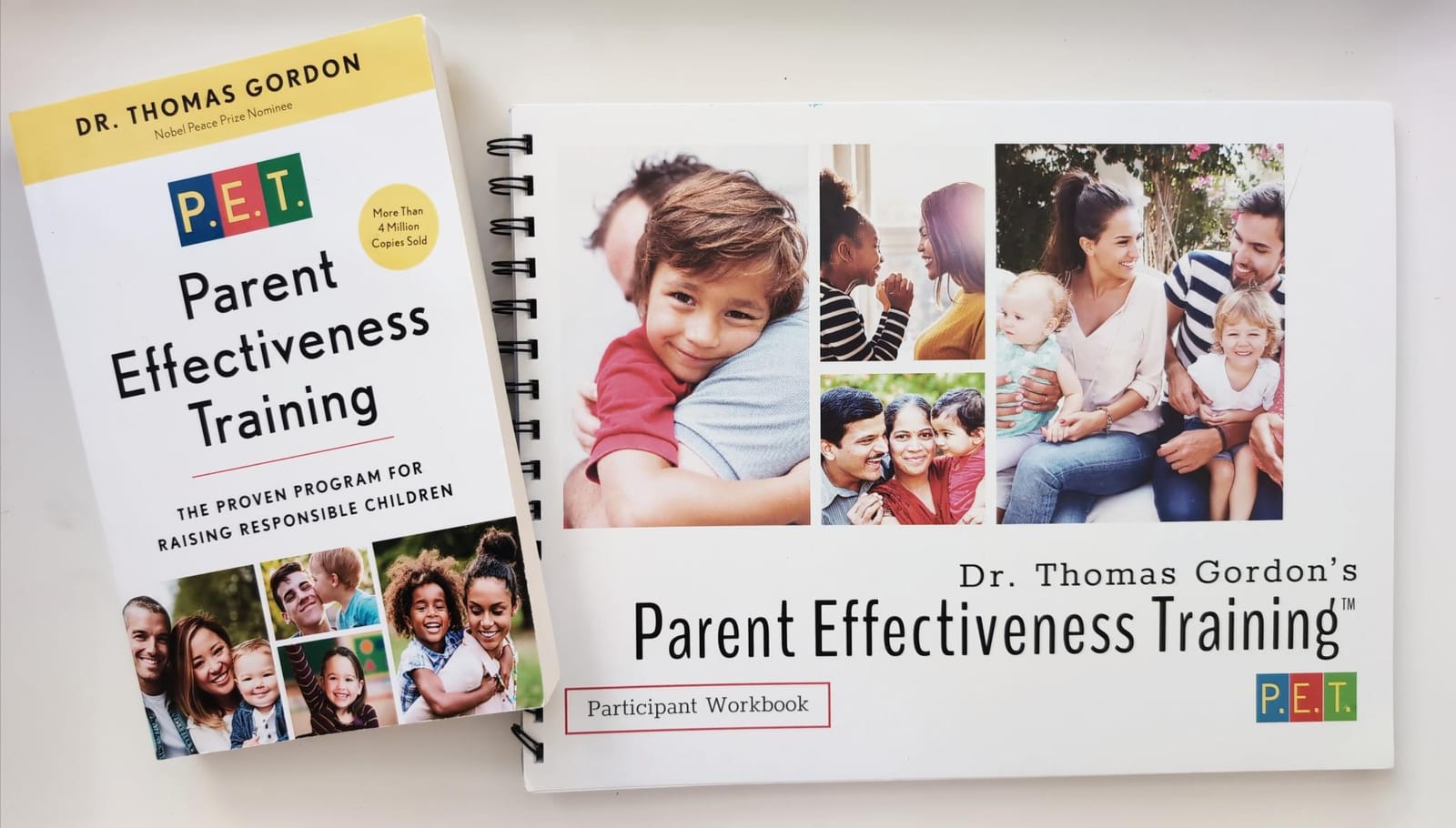
The next online P.E.T. class begins January 17th, 2026!
All are welcome in P.E.T., including parents, caregivers, grandparents, and any interested community member who would like to learn key skills that can help strengthen and improve any relationship. P.E.T. began in 1962 and was the first national effectiveness program for parents. In this eight-week, 24-hour...







